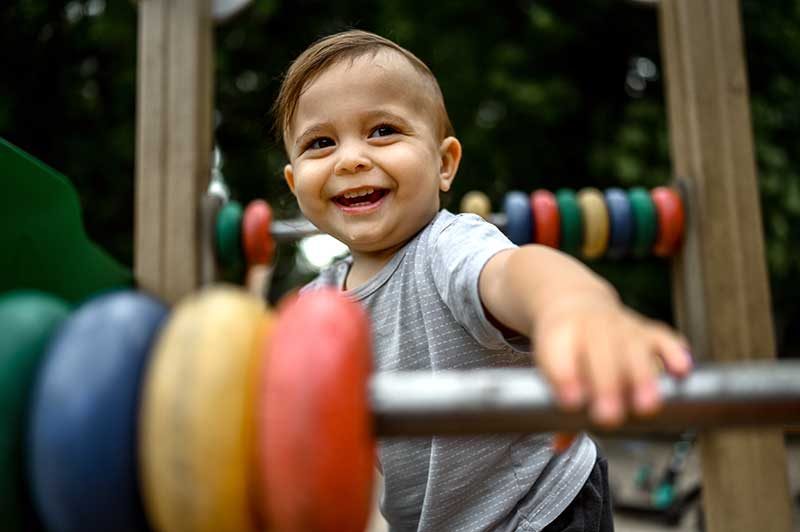Every child’s development from early childhood to puberty is marked by key growth milestones that indicate physical, cognitive, and social development. Understanding these milestones can assist parents and caregivers ensure that their children are developing normally and identify any potential problems early on.
The significance of monitoring growth milestones
Monitoring developmental milestones assists parents:
- Understand and anticipate changes in their child’s ability and behavior.
- Recognizing developmental impairments early is critical for effective intervention.
- Support and promote optimal growth through targeted activities and nurture.
Key developmental milestones
Birth to one year
- Physical Growth: Most neonates double their birth weight within 5 months and treble it by their first birthday. During their first year, they normally develop to be around 10 inches long.
- Motor Skills: Milestones include rolling over at roughly 4 months, sitting without support at 6 months, and maybe walking by 12 months.
- Cognitive and Sensory Development: By the first year, children can recognize familiar faces, babble, and reply to their names.
- Social/Emotional Development: Smiling at two months, laughing and expressing joy by four to six months.
Toddler (ages 1-3 years)
- Toddlers develop at a slower rate than infants, averaging 4-5 inches each year.
- Motor Skills: Walking, running, and beginning to climb stairs are common. Fine motor skills such as holding a crayon and turning pages in a book develop quickly.
- Cognitive Development: They start speaking in small sentences, following simple commands, and participating in rudimentary play.
- Social/Emotional Development: Playing games, recognizing familiar faces, expressing a wide range of emotions, and demonstrating a desire for independence.
Preschool (3–5 years)
- Physical growth continues at a rate of 2.5 to 3.5 inches each year.
- Motor Skills: Improved coordination enables activities such as jumping, tossing, and kicking balls. Drawing circles and practicing handwriting are examples of fine motor abilities.
- Cognitive development includes increased attention span, interest about the world, and grasp of basic concepts such as time and money.
- Social/Emotional Development: Making friends, cooperating, and having increasingly sophisticated conversations.
School Age (6-12 years)
- Physical Growth: Children will continue to grow at a rate of approximately 2 inches every year.
- More developed motor skills enable writing, painting, and sophisticated sports.
- Cognitive development includes improved problem-solving abilities, the initiation of rational mental processes, and mastery of reading and writing.
- Social/Emotional Development: Creating a sense of self, dealing with peer pressure, and gaining independence.
Adolescence (13 to 18 years)
- Physical growth: Puberty causes rapid physical changes, including as growth spurts and sexual development.
- Cognitive development refers to the ability to think abstractly and logically. Increased emphasis on identification, self-concept, and future planning.
- Social/Emotional Development: Strengthening ties outside the home, experiencing more emotional distance from parents, and exploring one’s own identity.
Growth milestones outline a child’s predicted development from early childhood to puberty. While each kid develops at their own speed, becoming acquainted with these milestones provides a means to encourage and nourish development at all stages. Regular pediatric check-ups and open contact with healthcare experts can help ensure that any deviations or delays are handled immediately, giving children the best chance for healthy growth.
